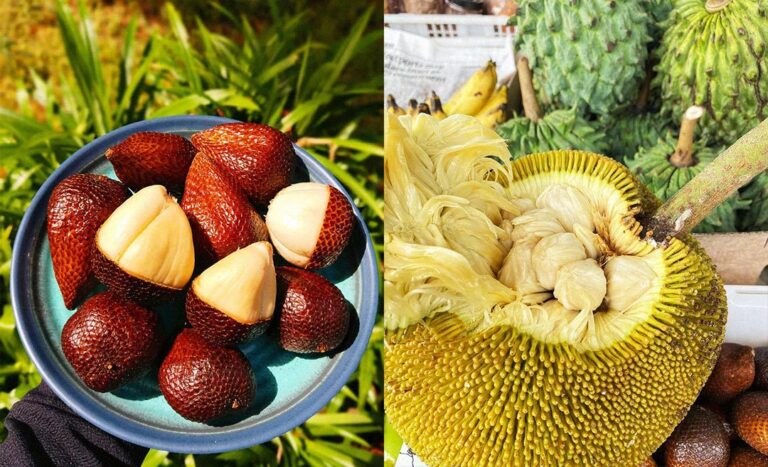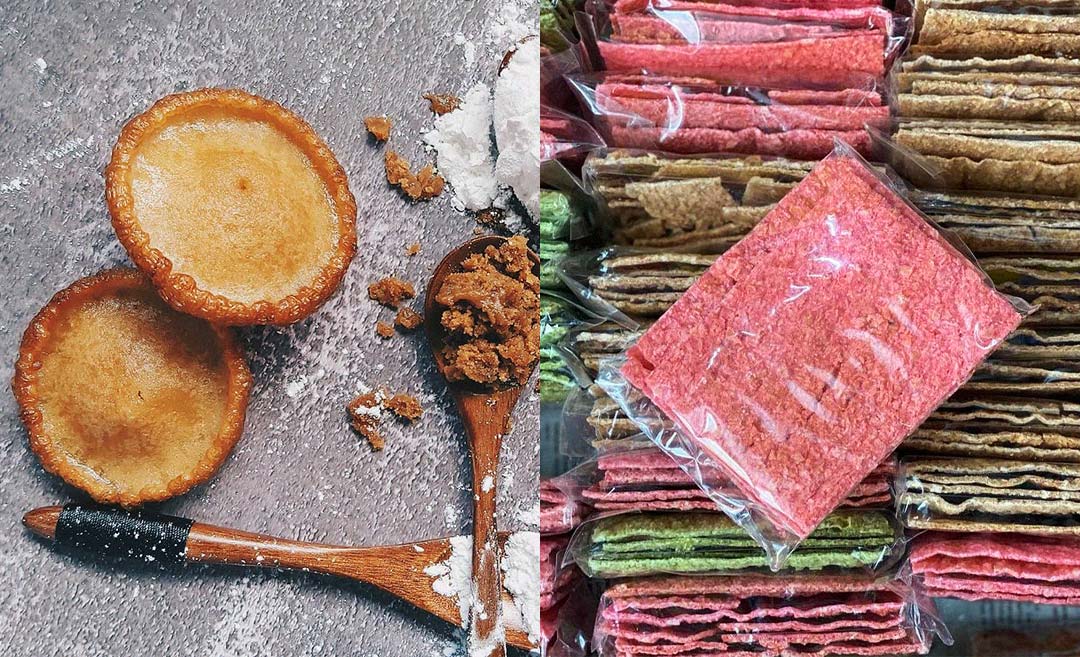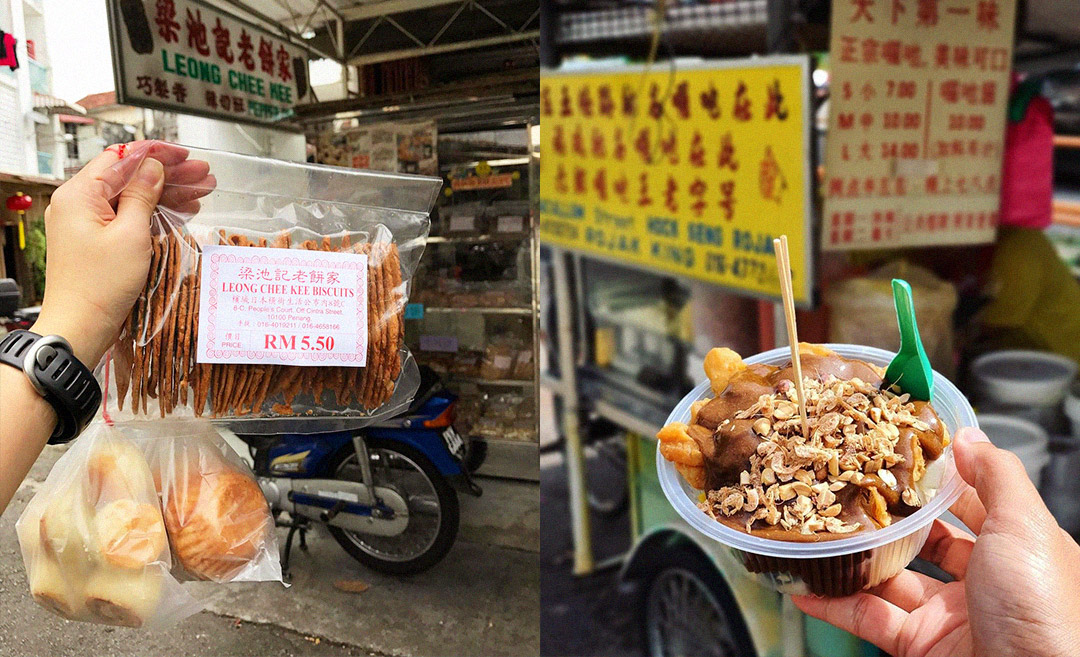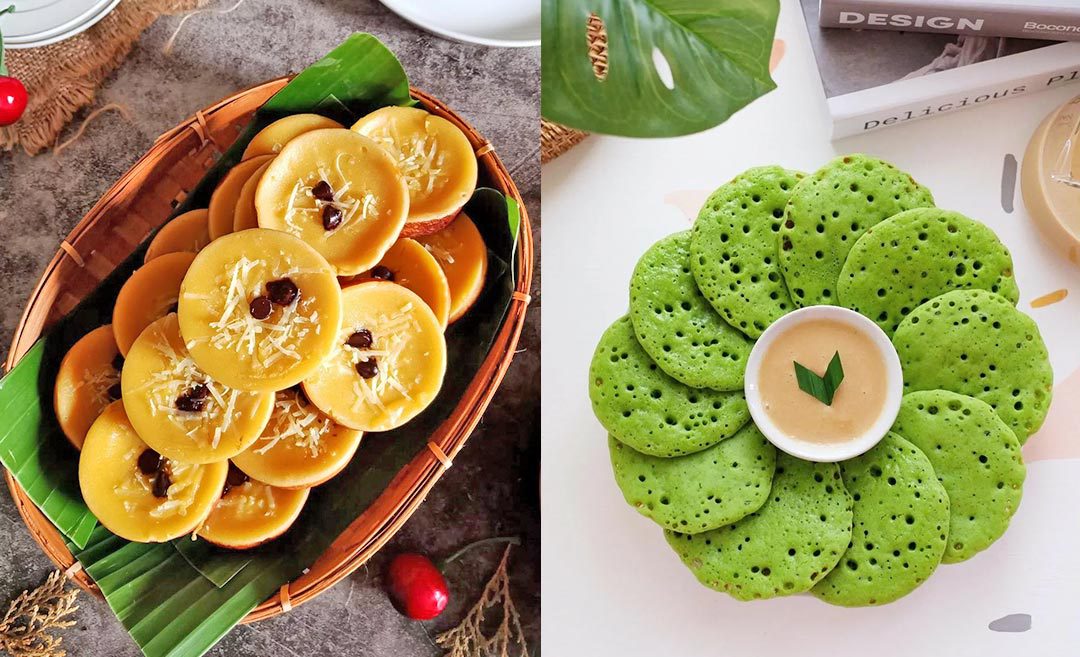Malaysian tropical fruits are packed with a ton of nutrients and benefits, making them the ultimate go-to for snacking or satisfying your sweet tooth. Being located along the equator, Malaysia enjoys a fantastic natural environment with just two seasons – the monsoon and summer, pretty much all year long.
This perfect blend of weathers create a hotspot for some of the juiciest and most mouthwatering tropical fruits you can imagine. And hey, let’s not forget that amidst all the diverse cultures and cuisines, these fruits are absolute stars. So, let’s dive into the list and find out if you’re already familiar with these exotic Malaysian fruits.
1. Harumanis, Perlis
Get ready to indulge in the mouthwatering Harumanis Mango, hailing from Perlis, the tiniest state in Malaysia. Renowned as one of the sweetest mango varieties in the country, Harumanis holds the crown as the ultimate T20 Mango, with prices soaring up to RM40 per kilogram.
This fruit can be seen at markets and roadsides from April to July, particularly in Kangar and Arau, Perlis, where local farmers display their abundant harvest. For an immersive experience, make sure to visit the Harumanis Farm in Bukit Keteri or Kampung Penghulu Jaafar Perlis, where you can delve deeper into the fascinating world of this fruit. Alternatively, if doorstep delivery is more your style, fret not!
You can conveniently order these heavenly mangoes online at harumanismango.com, Mango Penghulu Jaafar, Harumanis Sultan, or even through platforms like Shopee and MBG fruits.
2. Buah Salak
Buah salak is famously known as snake fruit, owing its name to its scaly exterior. It comes in various types, including salak dadu, salak pondoh, and salak gading, found across Malaysia, Thailand, the Philippines, and Indonesia.
Brace yourself for a burst of flavours as you savour the sweet, tangy, and slightly sour taste of buah salak. But beware, opening this fruit requires a touch of finesse as you navigate its prickly exterior with your nails, making sure not to get caught by its tiny thorns.
But trust us, the effort is worth it! Salak offers a ton of health benefits too, boasting vitamins C, calcium, iron, protein, and more. This fruit is also pretty easy to find, so if ever you have a hankering, just head on down to your local morning market or grocery store.
3. Durian
The legendary king of fruits, Durian needs no introduction! Known for its pungent aroma and irresistible sweetness, Durian has become a household name. Sure, you can explore a wide range of durian-infused products like ice cream, soup, juice, and even fermented durian (tempoyak), but the ultimate experience lies in tasting the fruit itself.
Don’t let the initial scent discourage you, as this majestic fruit is packed with a treasure trove of nutrients such as magnesium, vitamin C, protein, fibre, potassium, and more; among the most coveted varieties is the Musang King. With hues ranging from yellow and white to red, each durian offers a unique blend of sweet, sour, and bitter flavours.
Typically, its in-season in between June and July, where you can find them gracing supermarket shelves, roadside stalls, and bustling morning or night markets. If you’re in the Klang Valley area, be sure to check out durian hotspots like Taman Sri Rampai in Kuala Lumpur, Durian Man in Petaling Jaya, or DJ Durian King in Sepang.
4. Rambutan
Rambutan is a fruit that owes its name to its hairy-red-green appearance, reminiscent of hair (or rambut in Malay). As siblings to lychee, longan, and pulasan, rambutan offers a similarly delightful sweetness.
But it’s not just about the taste; this tropical gem also packs a punch when it comes to health benefits. Like many other fruits, rambutan helps with digestion, strengthens the immune system to fight against infections, and contributes to a healthier heart.
In the Klang Valley and craving for some? Look no further than MBG Fruit, the bustling Chow Kit market, Kedai Buah Buahan Tempatan in Segambut Jaya, or conveniently opt for delivery through Fresh & Go Fruit Station.
5. Pomelo
Known as the Chinese grapefruit, pomelos can reach up to an impressive 12 inches in diameter. With its unique blend of flavours similar to lemons, grapefruits, and oranges, pomelo adds the perfect touch to dishes like Thai salads.
But its appeal goes beyond its culinary uses. This versatile fruit is also valued for its medicinal properties, often used in the treatment of coughs, motion sickness, and abdominal pain. Additionally, the leaves of the pomelo tree are highly regarded for their essential oil. Lucky for us, pomelo is available throughout the year, and if you’re on the hunt for this marvellous fruit, Jaya Grocer and MBG Fruits are the go-to places to find it.
Rumour has it that Tambun Pomelo is considered the sweetest variety around. For an authentic experience, make your way to the roadside stalls along Jalan Gopeng, leading to the Sam Poh Tong temple, where you’ll find vendors selling this fruit.
6. Tarap
If ever you find yourself exploring the landscapes of Borneo, be sure to treat your taste buds to the delightful flavours of tarap or timadang. While tarap bears some resemblance to jackfruit, it sets itself apart with its smaller size and less creamy, white flesh.
Due to its distinct and robust scent, tarap is rarely transported to this side of Malaysia by local tourists, as they prefer to savour this tropical gem when visiting Borneo. Some of the health benefits offered by this fruit include aiding digestion, boosting stamina, and providing antioxidants, among others.
Harvested only once a year, typically from November to December, tarap holds a price tag of around RM12 per fruit. To get your hands on this exquisite fruit, visit Pekan Nabalu or Gaya Street in Sabah, or explore Pasar Tamu Sandakan in Sarawak.
7. Mangosteen
There is no doubt about it––mangosteen is the very definitely of true tropical delicacy. This round and brightly-coloured (on the inside) fruit can be easily found at local fruit stores, bustling morning and night markets, and even occasionally at your neighbourhood grocery store (a rare and delightful find).
Besides its irresistible flavour, mangosteen offers plenty of good things for your health like reducing inflammation, acting as an anticancer agent, and helps control blood sugar levels. The mangosteen shell stains so just be careful what you touch.
8. Langsat
This tropical gem offers a taste similar to grapes, boasting a delightful combination of sweetness and sourness. When fully ripe, langsat becomes irresistibly juicy, making it best enjoyed when freshly picked.
Beyond its delectable flavour, langsat packs a punch in terms of health benefits, offering a collective range of proteins, fibre, minerals, and vitamins. The langsat season spans from June to February, and you can find these luscious fruits predominantly in Terengganu, Pahang, Perak, Johor, and Melaka.
9. Dabai
Known as the Borneo version of olives this fruit called dabai is a true jewel of the region. This unique fruit can only be found grown in Sarawak, particularly in the regions of Sibu and Kapit. Some of the many health benefits of dabai include promoting bone, muscle, and nerve health.
You can enjoy this exotic fruit either fresh or with a sprinkle of salt and soy sauce for an extra flavour kick, and we’ve heard that dabai ice cream is quickly becoming a must-try. If you’re in Kuala Lumpur, you can find a taste of this at Borneo Market in Sri Kembangan. Those in Sabah can head to Pasar Tamu; while Sarawakians can find dabai at Medan Niaga Satok, Sibu Central, and most of the wet markets in Sarawak.
10. Ciku
Get ready to savour the delights of sapodilla, known as ciku to Malaysians, with its irresistibly sweet flavour and brownish hue. The ciku fruit pairs exceptionally well with ginger and lime juice, creating a harmonious combination that brings out its high levels of fructose and sucrose.
When out and about in the Klang Valley, you’ll often come across ciku at popular stores like Jaya Grocer and MBG Fruits; unfamiliar to many, it is readily available throughout the year in most Malaysian states. Keep in mind that the peak production usually occurs at the end and beginning of the year.
If you’re eager to expand your knowledge and taste a variety of tropical fruits in Malaysia, make your way to the Penang Tropical Fruit Farm in Teluk Bahang. There, you can enjoy a guided tour and indulge in fruit shopping, immersing yourself in a delightful experience.



